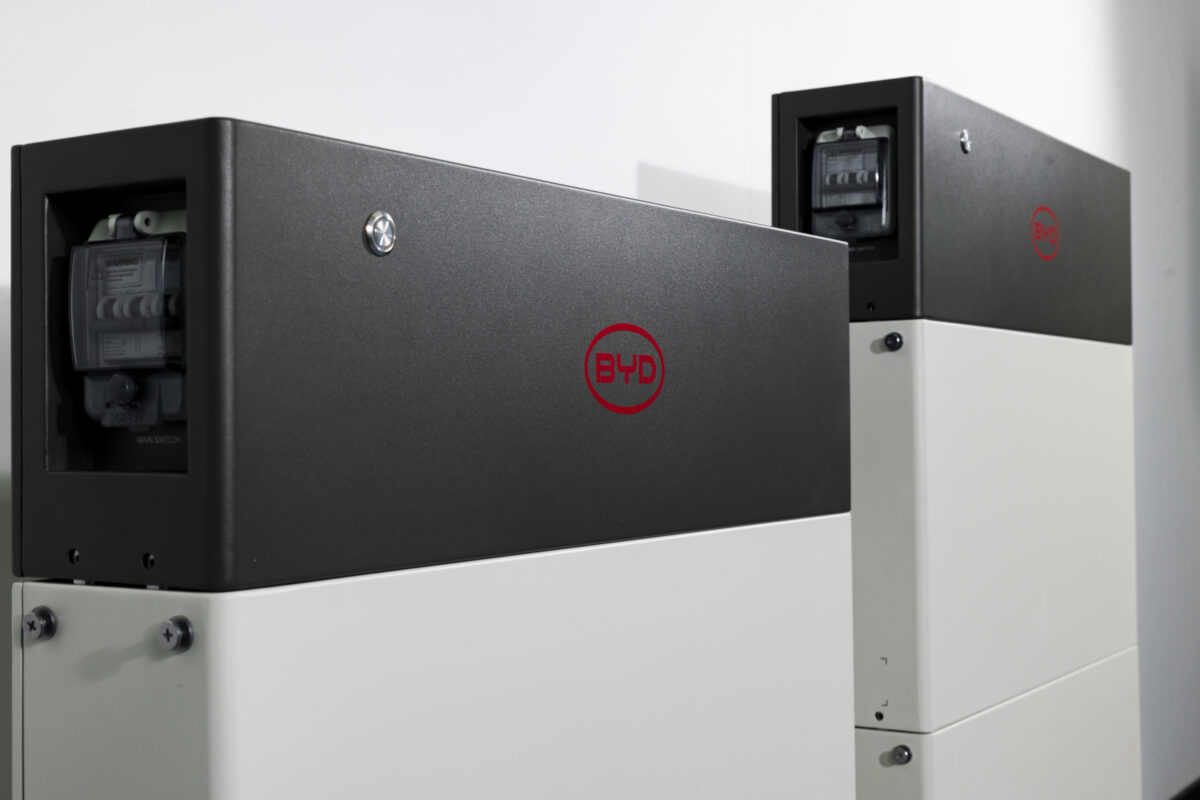An international research team has developed a hybrid maximum power point tracking (MPPT) technique for PV systems that operate under partial shading or rapidly changing atmospheric parameters.
The proposed hybrid MPPT algorithm combines the benefits of two algorithms – the salp swarm algorithm (SSA) and the hill climbing (HC).
The SSA (SSA) is a metaheuristic algorithm designed to solve single-objective optimization problems. It was inspired by the swarming behavior of salps in oceans, which tend to float together in a way that is commonly described as “salp chain.” In this algorithm, the leader is the salp at the front of the chain and the other salps are called followers.
“The salp leader initiates a food source search movement and is followed by the followers,” the scientists said. “With food sources replaced with global optimum, the salp leader starts with the concept of finding the global optimum and is chased by salp followers whose initial population of salp herd is random. The movement of the salp leader towards the global optimum automatically guides the salp chain move towards it.”
As for the HC algorithm, it is commonly utilized in artificial intelligence (AI) to help find the best possible solution to a given problem. It simulates the process of climbing a mountain and is considered ideal for problems with numerous potential solutions.
In the proposed hybrid algorithm configuration, the SSA is intended to find the MPP when fluctuations of irradiance occur rapidly and slowly, while the HC is aimed to decide the best position of the MPP to avoid deviating from the actual power under the slow irradiance fluctuation. “The mobility of the transition between SSA and HC during exploration and exploitation while searching target enables the power extraction process to occur quickly, minimum oscillations and avoid divergence from actual power locus,” the scientists explained.
The hybrid algorithm can reportedly eliminate oscillations at the start of tracking and steady-state, which saves power loss convergence in a short time, according to the researchers. Furthermore, it requires only one parameter to balance the exploitation and exploration of the optimization process. Moreover, it can purportedly execute MPPT faster than other algorithms.
“Based on the intelligence and drift of bio-inspired swarm concept and dynamic perturbation step size of conventional HC help the hybrid SSA-HC avoid traps on the local MPP as well as not diverge from its tracking locus,” the research group emphasized.
It also stressed that the algorithm has a tracking efficiency of 97.54%, which compares to 95.56% for the grasshopper optimization algorithm (GOA), 94.27% for particle swarm optimization (PSO), 91.63% for standard SSA, 92.70% for the Grey Wolf optimizer (GWO), and 90.78% for the butterfly optimization algorithm (BOA).
“The results of simulation and experiment of hybrid SSA-HC at rapid and slow fluctuation conditions under uniform and partial conditions show the superiority of hybrid SSA-HC over all existing algorithms,” the academics stated.
“It can be concluded that the hybrid SSA-HC shows an accurate and good dynamic change response under a short sampling time (0.02 s and 0.03s) compared to state of art algorithms. In addition, this hybrid technique can increase reliability and robustness. The advantage of this technique is that it is free from the undesired initial condition as well as easy to implement on MPPT control in various environmental conditions,” they added.
The research group comprised scientists from Universiti Malaysia Perlis, the Aswan University in Egypt, India's Chaitanya Bharathi Institute of Technology, and the Yuan Ze University in Taiwan. The algorithm was presented in “Hybrid salp swarm maximum power point tracking algorithm for photovoltaic systems in highly fluctuating environmental conditions,” published in nature communications.
This content is protected by copyright and may not be reused. If you want to cooperate with us and would like to reuse some of our content, please contact: editors@pv-magazine.com.




By submitting this form you agree to pv magazine using your data for the purposes of publishing your comment.
Your personal data will only be disclosed or otherwise transmitted to third parties for the purposes of spam filtering or if this is necessary for technical maintenance of the website. Any other transfer to third parties will not take place unless this is justified on the basis of applicable data protection regulations or if pv magazine is legally obliged to do so.
You may revoke this consent at any time with effect for the future, in which case your personal data will be deleted immediately. Otherwise, your data will be deleted if pv magazine has processed your request or the purpose of data storage is fulfilled.
Further information on data privacy can be found in our Data Protection Policy.